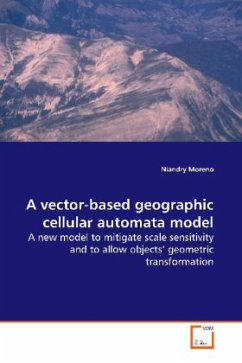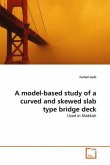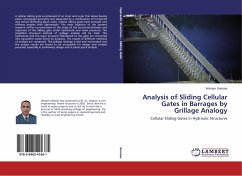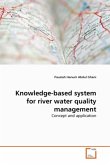In this research, a new vector-based cellular
automata model is proposed to overcome the cell size
and neighbourhood configuration sensitivity of the
classical raster based CA models and the limitations
of the previous implementations of vector-based CA
models. In this model, space is represented as a
collection of geographic objects where each object
corresponds to a real-world entity of irregular
shape and size that evolves through time. This
evolution is expressed by the change of shape and
size of the objects and it is performed using a
geometric transformation procedure. This procedure
reduces the area of an object in the region nearest
to the neighbour that exerts an influence on it and
increases the area of that neighbour. The
neighborhood is not rigid and restricted to a set of
adjacent polygons; rather, it is dynamic, it
includes the whole geographic space, and it is
specific to each object. Their results showed that
the geometrical transformations defined in the model
generate an adequate evolution of the geometry of
the objects, producing more realistic spatial
patterns than the ones produced by a raster-based CA
model.
automata model is proposed to overcome the cell size
and neighbourhood configuration sensitivity of the
classical raster based CA models and the limitations
of the previous implementations of vector-based CA
models. In this model, space is represented as a
collection of geographic objects where each object
corresponds to a real-world entity of irregular
shape and size that evolves through time. This
evolution is expressed by the change of shape and
size of the objects and it is performed using a
geometric transformation procedure. This procedure
reduces the area of an object in the region nearest
to the neighbour that exerts an influence on it and
increases the area of that neighbour. The
neighborhood is not rigid and restricted to a set of
adjacent polygons; rather, it is dynamic, it
includes the whole geographic space, and it is
specific to each object. Their results showed that
the geometrical transformations defined in the model
generate an adequate evolution of the geometry of
the objects, producing more realistic spatial
patterns than the ones produced by a raster-based CA
model.








